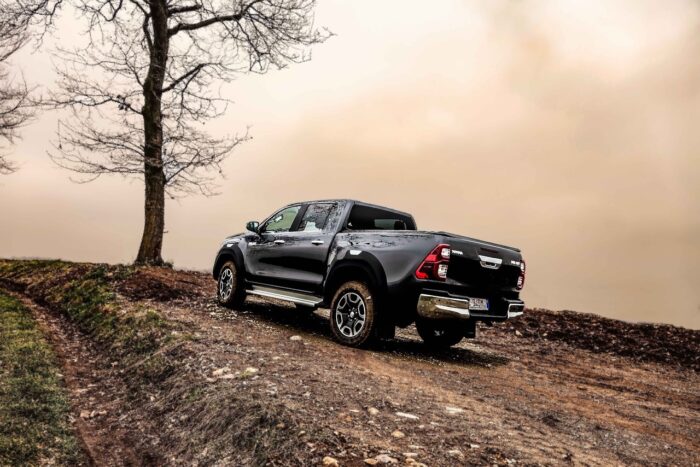If you are an outdoor enthusiast who loves camping, you have probably dreamed of doing some wild camping. It is camping in a remote area, often far from civilization, where you must be completely self-sufficient. It can be daunting, but it is also a great adventure. This article will discuss things to consider when planning your first wild camping trip in a Toyota Hilux. Also, we will provide some tips on preparing your Hilux for the trip and enjoying your campsite once you have arrived.
What To Consider Before Your First Wild Camping Trip
So, you’re ready to tackle your first wild camping trip. But before you set out into the great outdoors, there are a few essential things to consider. And, of course, one of the most important things is what vehicle you will take. Hilux is a great choice for wild camping, as it is reliable and tough enough to handle any terrain. To read more about the Hilux, click here.
Now that you have chosen your vehicle, it is time to start planning your trip. Here are a few things to consider:
Local Regulations
Before going on your first wild camping trip, check the local regulations in the area where you’ll be camping. For example, some areas have strict rules about where you can camp, how many people can camp in one spot, and what kind of fires are allowed.
Animal Safety
Another thing to consider before going on a wild camping trip is animal safety. If you’re camping in an area with large predators such as bears or mountain lions, it’s essential to take precautions to ensure your safety. For example, keep all food and garbage properly stored away from your campsite, and never leave small children or pets unattended.
Weather Conditions
Before setting out on your trip, check the forecast for where you’ll be camping. If severe weather is expected, it’s best to postpone your trip or choose a different location. Also, be prepared for changes in the weather by packing appropriate clothing and shelter.
Terrain
When choosing a campsite, be sure to consider the area’s terrain. For example, avoid steep slopes or areas that are prone to flooding or mudslides. Also, be sure to choose a site that has plenty of flat ground for pitching your tent.
Leave No Trace
This means packing your trash, respecting wildlife, and not damaging vegetation. By following these principles, you can help protect the environment and ensure that future generations can enjoy the same wilderness experience you did.
Planning…
Click Here to Read the Full Original Article at Out of Town Blog…
